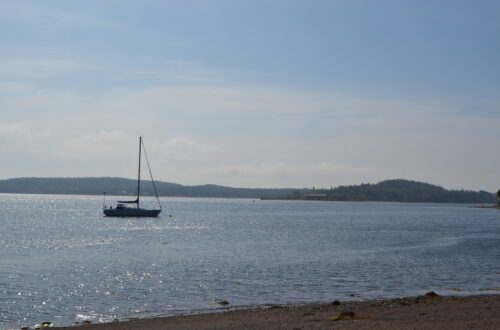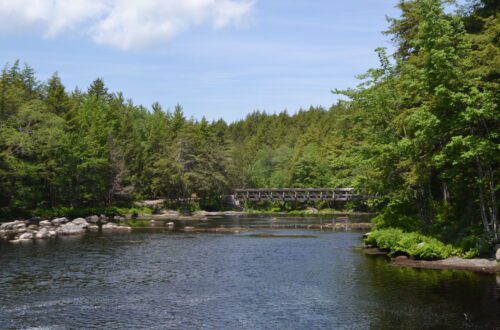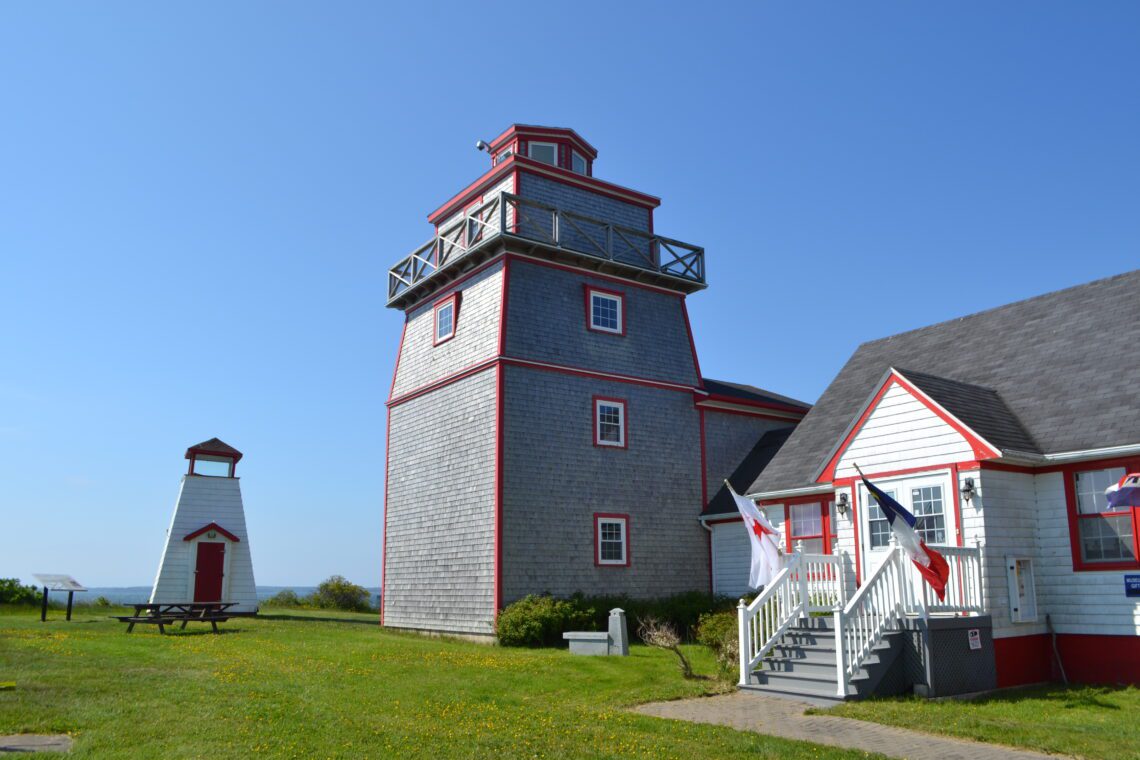
Small Town Canada Spotlight: The LaHave Light Station
In this edition of Small Town Canada Spotlight, we’ll be looking at the history of the LaHave Light Station located in the coastal village of LaHave, Nova Scotia. While this lighthouse isn’t as widely known as others across the province, it still played a significant role in the community’s development.
LaHave, Nova Scotia, was originally the home of the Mi’kmaq and, at one point, was a vital centre of trading with the Europeans. Located on the south shore along the LaHave River, the village served as the capital of New France from 1632 to 1636 under Isaac de Razilly, making it one of the earliest European settlements in Canada. The area was a hub for trade and shipbuilding, particularly during the 18th and 19th centuries. Today, LaHave is known for its scenic beauty, its historic ferry crossing, and the beloved LaHave Bakery. With a rich mix of Acadian, Mi’kmaq, and European heritage, it is a charming place where history and natural beauty come together.
The LaHave Light Station
The LaHave Light Station, built in 1875 by Dean Wile for $1,100, was erected to assist with navigation for vessels in Dublin Bay and the LaHave River. It featured a red fixed light consisting of three flat-wick lamps and one round-wick lamp, all equipped with reflectors that were visible from up to eight miles away.
William Palmer was hired as the first keeper of the lighthouse in 1876 at an annual salary of $200. When Palmer died two years later, his 18-year-old son, Howard Palmer, was appointed keeper. He went on to serve as the lighthouse keeper until he reached the age of 75 in 1935.
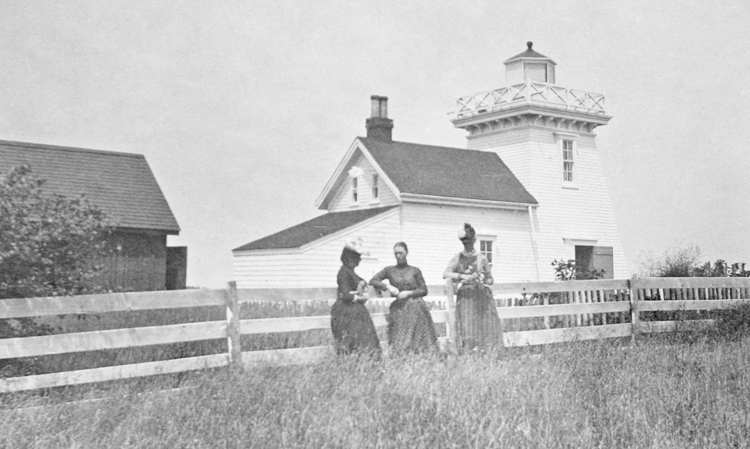
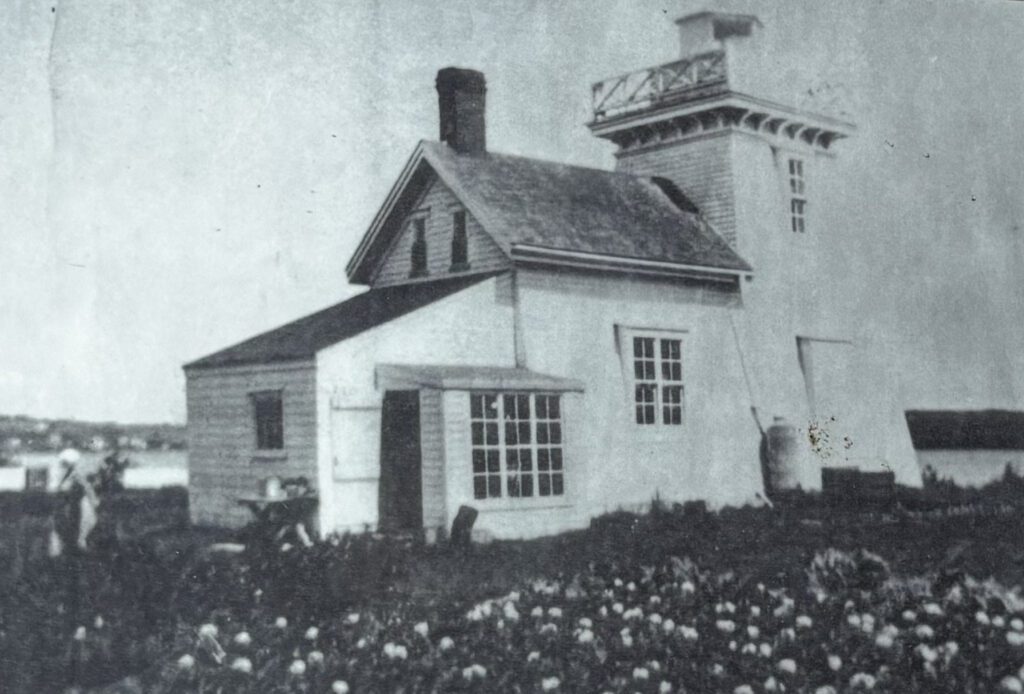
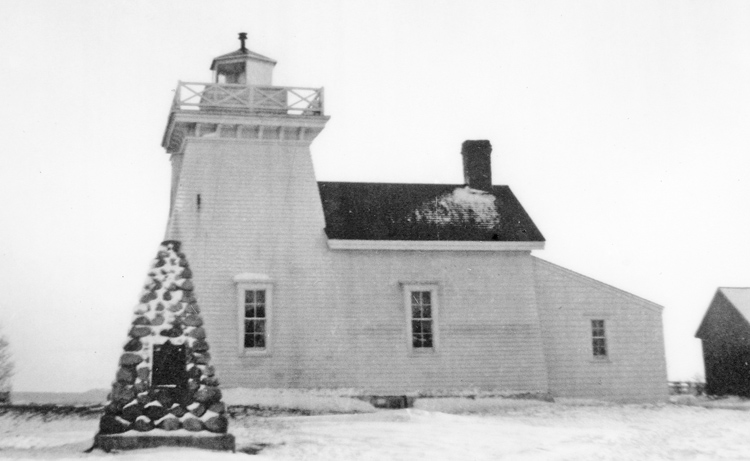
Over time, numerous improvements were made to the lighthouse to protect it from the harsh Atlantic waters. In 1896, a cribwork protection wall approximately 100 feet long was constructed along the bank in front of the lighthouse to prevent further erosion. In 1900, Lighthouse Keeper Palmer received a hand foghorn, which he was required to sound in response to ships’ signals during periods of fog or inclement weather. In 1914, enhancements were made to the light, with the installation of a fourth-order Fresnel lens in the lantern room, replacing the previous array of lamps and reflectors.
The early lightkeepers at Fort Point originally lived in a dwelling attached to the lighthouse. However, that changed in 1940, when a separate house was built for their use. For over 65 years, the keeper and his family resided in this small home until it was ultimately torn down to make way for a larger, standalone dwelling for the lightkeepers. The LaHave Light Station itself was demolished in 1954 and replaced by an unattended light on a skeleton tower. The house meant for the lightkeepers’ family survived and was put up for sale in 1964. This structure still stands today, as the Lunenburg County Historical Society converted it into the Fort Point Museum. It is also the home of the light that once illuminated the lighthouse.
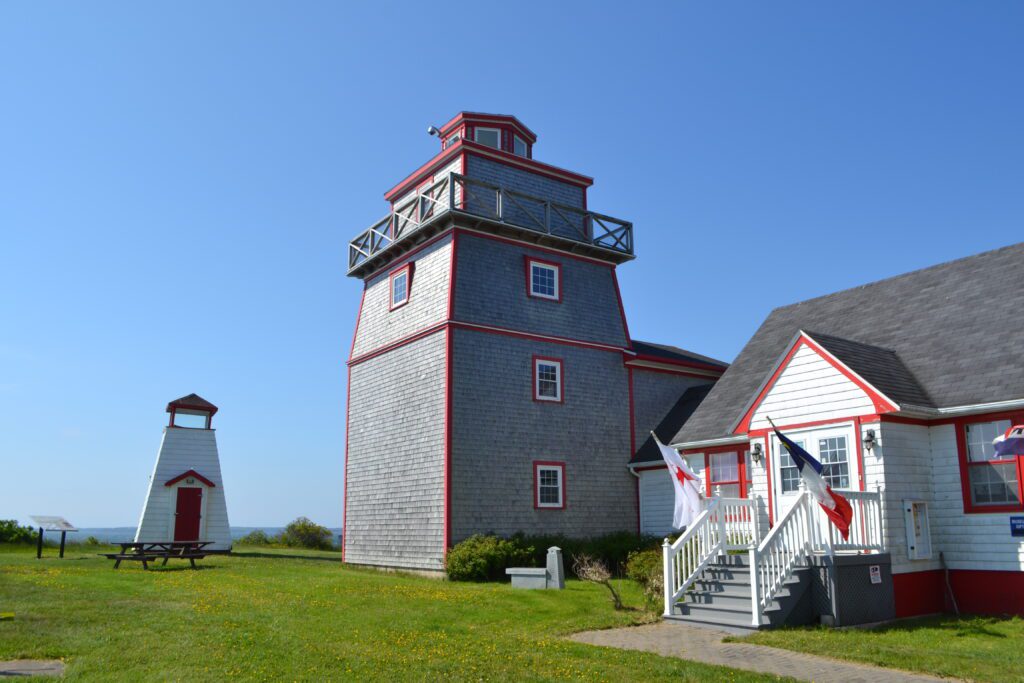
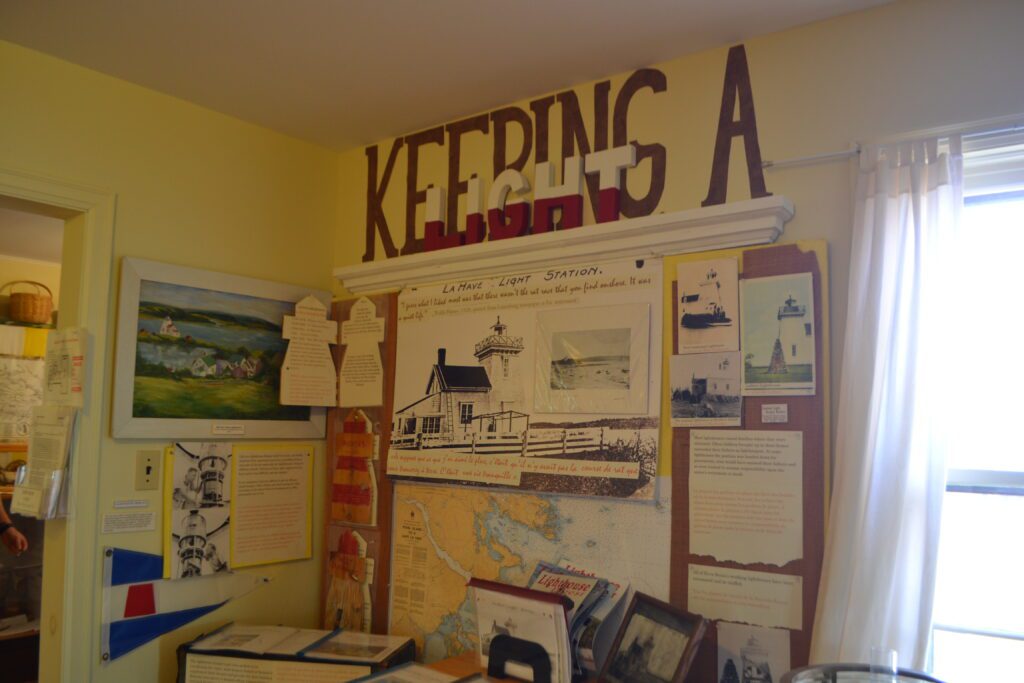
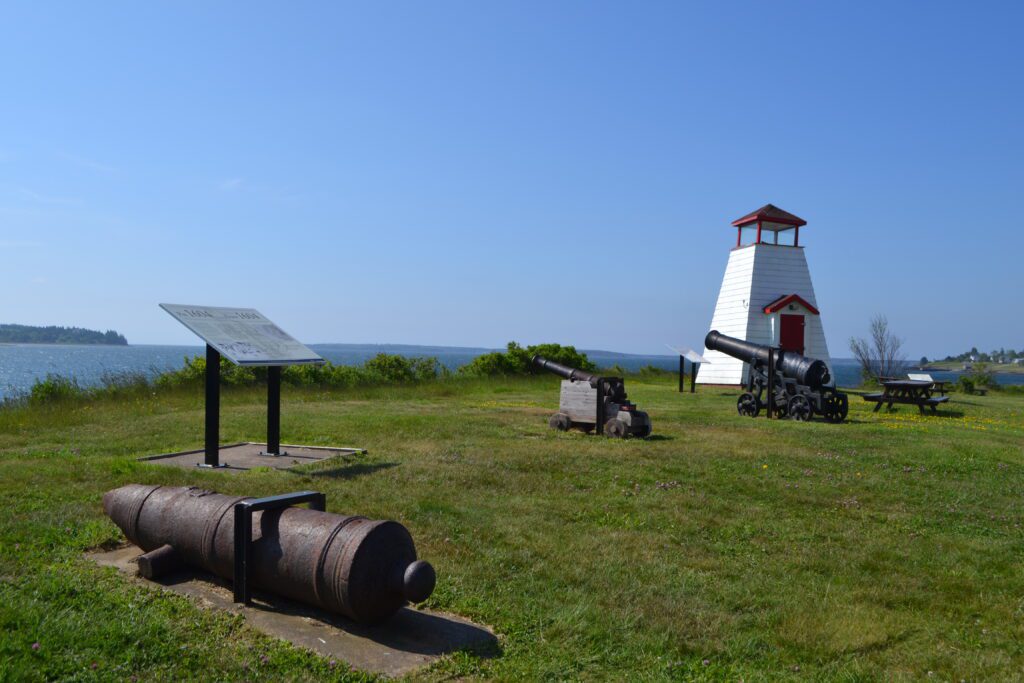
In 1990, a small square pyramidal tower, similar in design to many lighthouses throughout Nova Scotia, was built in memory of the LaHave Light Station. As Fort Point Museum grew, a larger facility was needed, and a more substantial lighthouse, based loosely on the original, was constructed and attached to the 1940 keeper’s dwelling. Today, the Fort Point Museum showcases 400 years of local history and is an excellent resource for anyone looking to learn more about the wonderful community of LaHave.
Lightkeepers for LaHave Light Station


